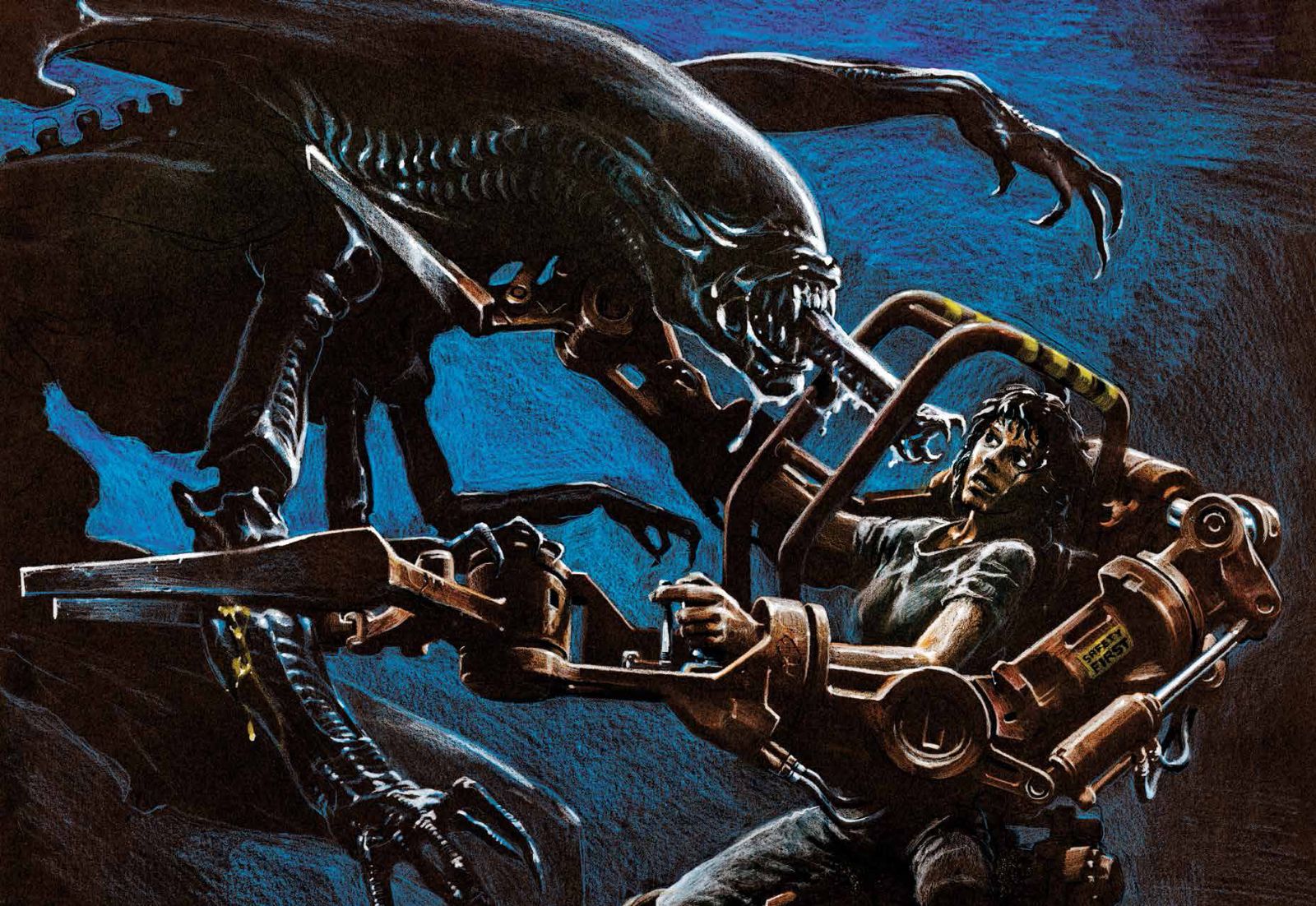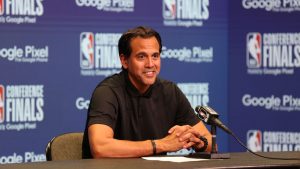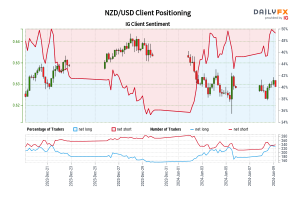[ad_1]
Our first look at new books on filmmaking in 2022 must start with a mention of what is sure to be the most noteworthy cinema-related text in the first quarter of this year: Kyle Buchanan’s Blood, Sweat & Chrome: The Wild and True Story of Mad Max: Fury Road (William Morrow). To learn more about this relentlessly readable look at the creation of George Miller’s masterpiece, check out my interview with Buchanan. And then go buy the book. You’ll thank me.
Now, on to other recommended reads from the tail-end of 2021 and the start of 2022…
Tech Noir: The Art of James Cameron by James Cameron (introduction by Guillermo del Toro) (Titan Books)
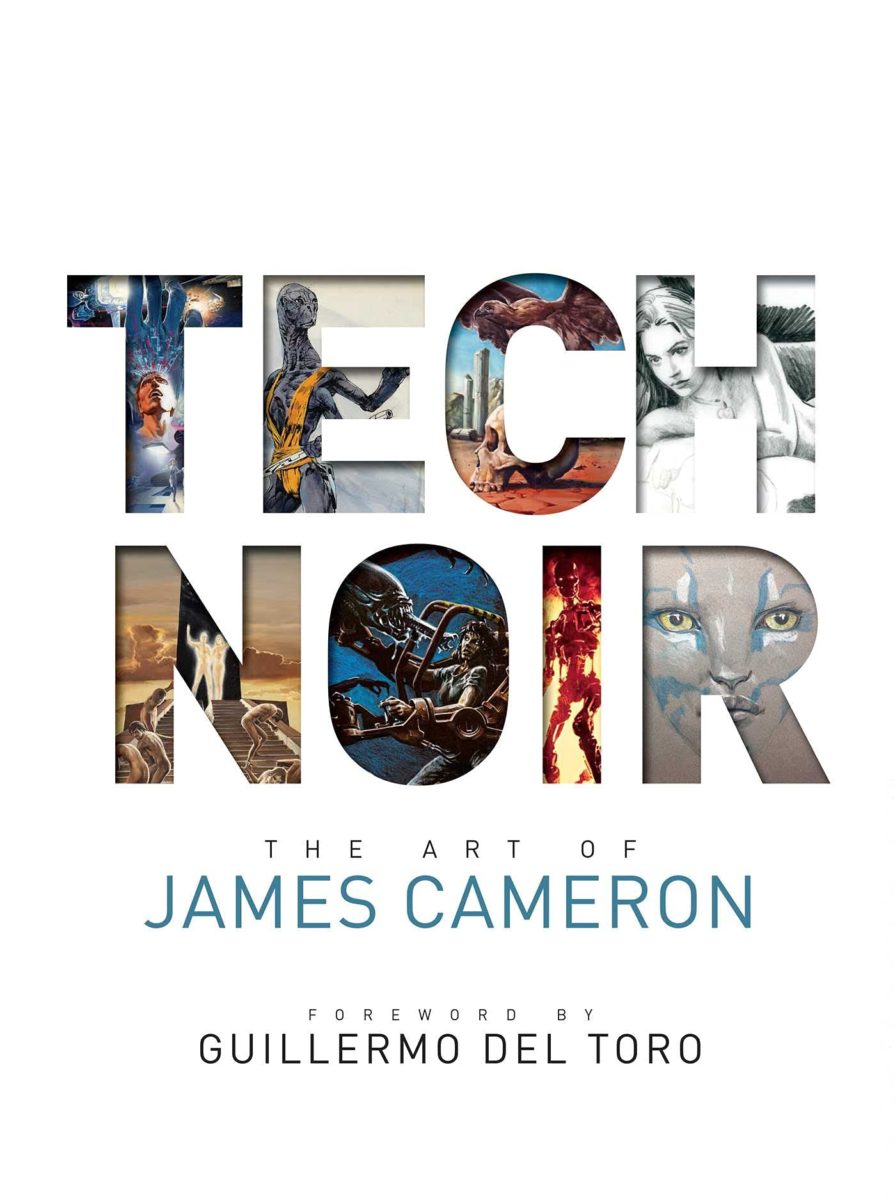
It is hard to believe that (if all goes according to plan) James Cameron’s Avatar 2 will finally be released at the end of 2022. However, even as Cameron prepares his first of four returns to Pandora, he also found time to author a genuinely compelling collection of his illustrations and designs. These range from childhood drawings and lots of nudes to early takes on Skynet, Ripley’s exoskeleton, and even Jack’s sketches of Rose in Titanic. (I wasn’t kidding about the nudes.) Cameron saves the book’s most fascinating, noteworthy illustrations for its final pages: two designs from his aborted Spider-Man script. “And then there’s Spider-Man, the greatest movie I never made,” he writes. “I couldn’t finish this book without a bit of Spidey in it somewhere.” The book includes two illustrations—Spidey’s all-black suit, plus the classic red-and-blue—along with a breakdown of the legal issues that led to, in Cameron’s words, Fox leaving “a multibillion-dollar franchise on the table.” Cameron also takes credit for a key element of Sam Raimi’s take on the superhero… but you’ll have to read Tech Noir for details.
Putting the Rabbit in the Hat by Brian Cox (Grand Central Publishing)
Months before release, Succession dynamo Brian Cox’s memoir drew tabloid headlines for its delightfully brutal takedowns of Johnny Depp (“[He] is so overblown, so overrated”) and Quentin Tarantino (“I find his work meretricious. It’s all surface. Plot mechanics in place of depth. Style where there should be substance”). Yes, the elements that made news are deliciously full of fire. But there is much more to chew on here as Cox discusses his stage work, playing Hannibal Lecter in Manhunter, and how he managed to appear in both Rob Roy and Braveheart—much to the annoyance of “complete areshole” Rob Roy director Michael Caton-Jones. Cox deserves the opportunity to unleash, and he also deserves to be praised for the highly entertaining Putting the Rabbit in the Hat.
The Method: How the Twentieth Century Learned to Act by Isaac Butler (Bloomsbury Publishing)
Speaking of Succession: no, Jeremy Strong is not mentioned in The Method: How the Twentieth Century Learned to Act. But I’m guessing it’ll zoom to the top of his must-read list. Author Isaac Butler traces the complex history of method acting in sharp detail—starting in Moscow, taking hold in New York, and “still taught, and misunderstood, and championed, and maligned” today. The mighty Stella Adler, Eliza Kazan, and Lee Strasberg are of course prominent. So, too, are figures like Kim Stanley, James Dean, Marilyn Monroe, Robert De Niro, and Al Pacino. The Method is a vitally important book for anyone interested in the art of acting and our collective understanding of what it entails.
Ryan’s Daughter: The Making of an Irish Epic (Screen Classics) by Paul Benedict Rowan (University Press of Kentucky)
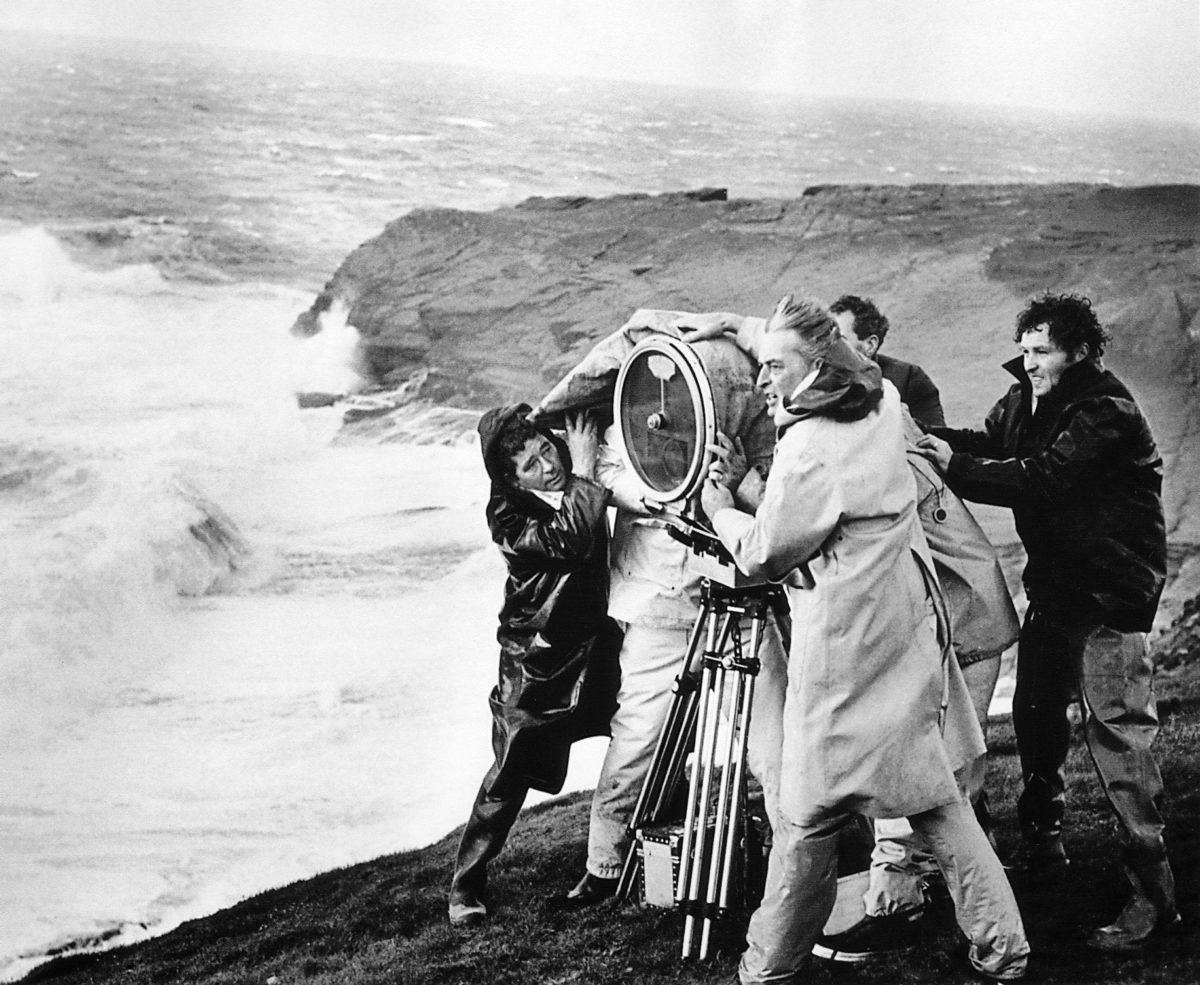
Fifty years after release it might seem surprising that David Lean’s Ireland-set Ryan’s Daughter was such a controversial and criticized work. His sumptuously photographed epic is certainly flawed but has a scale and scope that cannot be denied. Still, as author Paul Benedict Rowan details, the film was not just dismissed but greeted with “epic venom.” This reception followed a troubled and even dangerous production. The breathtakingly researched book ends on a somber note, as an aged Lean overhears Mitchum talking about him in a restaurant. Lean approached the legendary actor, who had not noticed the director in the room: “Hello, Bob. Made any good movies lately?”
Patricia Highsmith: Her Diaries and Notebooks: 1941-1995 by Patricia Highsmith (edited by Anna von Planta) (Liveright)
The work of the late Patricia Highsmith, creator of Tom Ripley and a pivotal figure in 20th-century literature, is never out of fashion. Indeed, we’re just weeks away from Adrian Lyne’s take on Highsmith’s Deep Water. But the most thrilling news for her devotees is the release of Patricia Highsmith: Her Diaries and Notebooks: 1941-1995. This window into her life, work, and loves is utterly fascinating, often very sad, and extraordinarily personal. “It’s inconceivable to me to ‘fight’ for one’s lover or for someone one loves,” she wrote on July 23, 1958. “Either people come to you, and stay, or not. I do not believe people can be held onto by machinations, stolen from another—or any of that. This eliminates many, many romantic plots for me, as I could not even imagine it well enough to write about it.”
The Essential Directors: The Art and Impact of Cinema’s Most Influential Filmmakers (Turner Classic Movies) by Sloan De Forest (forewords by Peter Bogdanovich and Jacqueline Stewart) (Running Press)

I would have devoured The Essential Directors as a movie-mad tween and found it just as readable as a fortysomething (boo) film critic. Author Sloan De Forest is a wonderful writer, one adept at zeroing in on the key works and styles of filmmakers from Chaplin to Spielberg while also providing useful contextual evidence for their importance. Given the nature of the topic, there are only a handful of female filmmakers included and little in the way of racial diversity. But there are chapters for a few key women, including Ida Lupino and Elaine May, and a closing look at “Outsiders” highlights the impact of figures like Gordon Parks, Barbara Loden, and Melvin Van Peebles. Perhaps this ending points to the avenue for a possible follow-up book from De Forest.
Magic in the Dark: One Family’s Century of Adventures in the Movie Business by Jonathan Kay and Charles Moss Jr. (Sutherland House)
It is always nice when a book shines light on unheralded (to most) figures in movie history. Case in point: Magic in the Dark, an engrossing account of B.S. Moss, a Jewish immigrant who built one of New York’s most successful theater chains. The book is co-written by Moss’ grandson, Charles “Charley” B. Moss, Jr., and smartly acknowledges that many folks think of that end of the business—exhibition—as “the boring part.” But there’s nothing boring in the story of the family’s history, one that colorfully follows the ebb and flow of cinema and New York itself.
FilmQuake: The Most Disruptive Films in Cinema by Ian Haydn Smith (Frances Lincoln)
The word “disruptive” is often seen as one of the business world’s worst buzzwords. In cinema, however, it can represent the type of provocation that challenges, sometimes upends the status quo. FilmQuake: The Most Disruptive Films in Cinema catalogs the works that properly fall under this categorization, starting with The Arrival of a Train at La Ciotat Station and ending with Parasite. Smith’s selections are often startling and surprising, most notably 1961’s Victim, 1990’s Paris Is Burning, and my favorite film, 1994’s Chungking Express. “[Wong] Kar Wai’s blending of New Wave-era Godard, music video aesthetics and the bustle of life in the Chungking Mansions resulted in one of the defining arthouse films of the 1990s,” Smith writes.
The First True Hitchcock: The Making of a Filmmaker by Henry K. Miller (University of California Press)
Henry K. Miller’s in-depth study of the production and impact of Alfred Hitchcock’s 1927 silent film The Lodger is an essential addition to the Hitch canon. While Miller acknowledges that “[the] story of the making of The Lodger has been told many times,” he has uncovered new discoveries that shed greater light on the process and what came later. Most captivating is the tale of Hitchcock’s attempted remaking of the film in late 1930s Los Angeles. The director hoped to film in color; it was said that he wanted to “frighten people to death with his colors.”
From Hollywood with Love: The Rise and Fall (and Rise Again) of the Romantic Comedy by Scott Meslow (Dey Street Books)
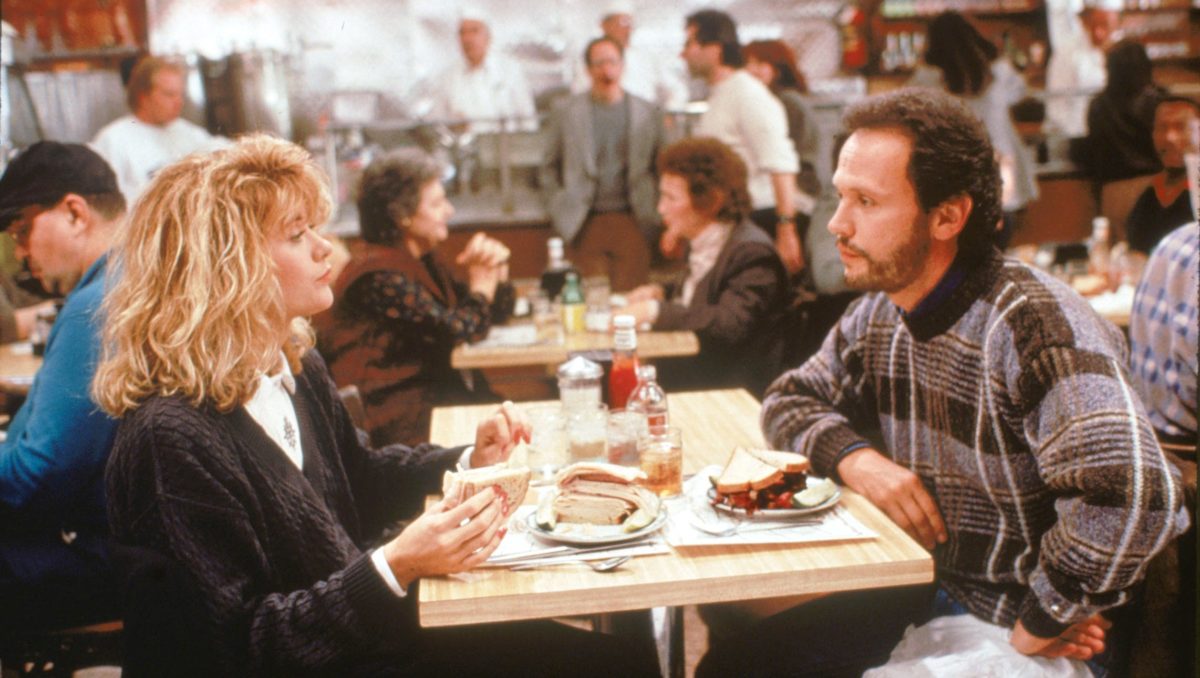
Scott Meslow’s From Hollywood With Love would have been a sweet Valentine’s Day gift for a movie-mad romantic. But make no mistake: it’s just as enjoyable a few weeks later. The author incisively moves from the 1980s to the present day. Along the way he explores the classics of the genre (When Harry Met Sally, Four Weddings and a Funeral), its most notable stars (Julia Roberts, Reese Witherspoon, Hugh Grant), and some of the more offbeat leading men and women. It is especially nice to an entire chapter dedicated to the always-welcome Judy Greer.
There Are No Small Parts: 100 Outstanding Film Performances With Screen Time of 10 Minutes or Less by John DiLeo (Glitterati)
John DiLeo developed a very novel premise for There Are No Small Parts. He covers 100 of the most memorable performances of just 10 minutes or fewer, from Elsa Lanchester in Bride of Frankenstein to Al Pacino in Once Upon a Time in Hollywood. Some of the choices are expected—Alec Baldwin in Glengarry Glen Ross, Marlene Dietrich in Touch of Evil, Philip Seymour Hoffman in The Talented Mr. Ripley. But DiLeo entertainingly highlights some more unexpected performances as well, among them John Marley in The Godfather and Jane Curtin in Can You Ever Forgive Me?
Two beautiful Buster bios

What are the odds two beautifully written, deeply moving biographies of Buster Keaton would arrive in less than one month? Dana Stevens’ Camera Man: Buster Keaton, the Dawn of Cinema, and the Invention of the Twentieth Century (Atria Books) came in January, followed by James Curtis’ Buster Keaton: A Filmmaker’s Life (Knopf) in February. Both should find a home on the shelf of serious cinephiles. Curtis’ is the more standard biography, fitting well with his past looks at the lives of icons like W.C. Fields and Spencer Tracy. Obviously, his Filmmaker’s Life and Stevens’ Camera Man hit similar beats. But Stevens’ writing style is so colorful, so lovely that her Camera Man is the likely favorite. Of particular note is the conclusion wherein she finds evidence Keaton’s never left us, his go-for-broke aesthetic finding staying power in everything from GIFs to John Wick. “His life, with miraculous elegance, happened to coincide with the invention of a technology that records the very thing he was unsurpassed at: movement. And so he is out there to be seen, streaming past us on every conceivable platform, still and always ahead of his time.”
Two from McBride: On Welles and Wilder
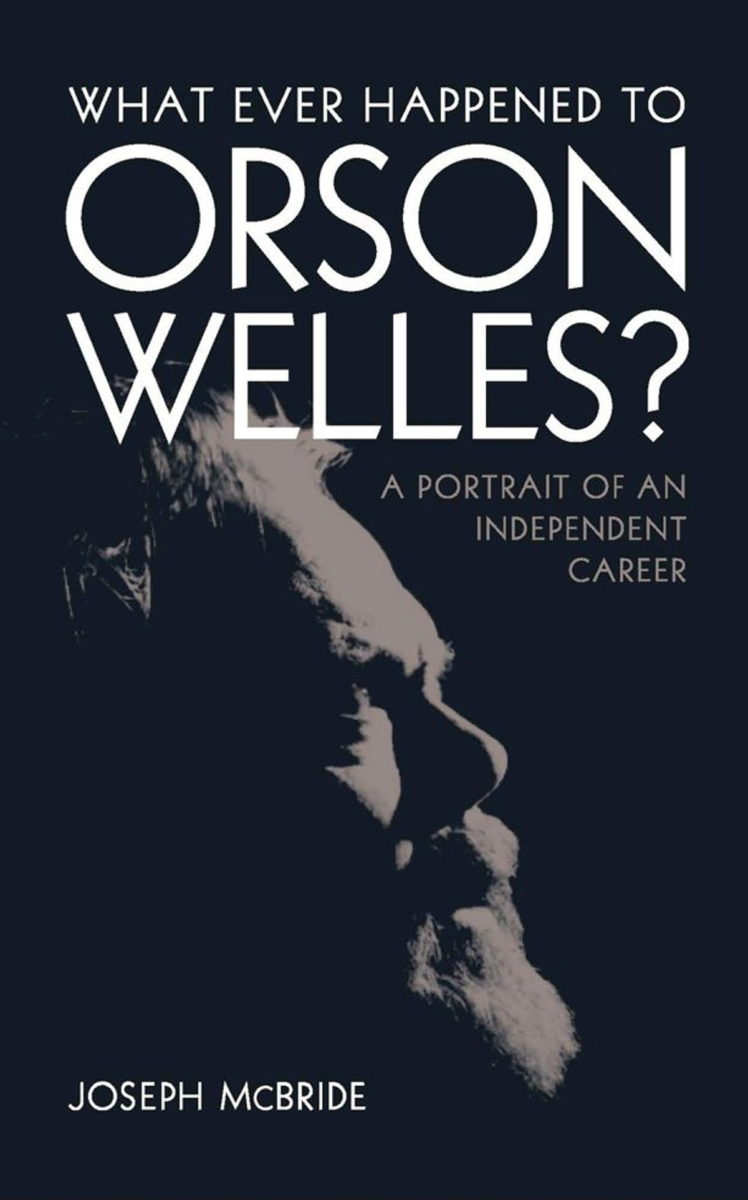
Joseph McBride has spent a lifetime talking with and covering the careers of Hollywood legends. His two most recent books—Billy Wilder: Dancing on the Edge (Columbia University Press) and What Ever Happened to Orson Welles?: A Portrait of an Independent Career (University Press of Kentucky)—rank among his most essential. The Welles book focuses on the master’s post-Citizen Kane career. This means deep analysis of The Other Side of the Wind (which famously featured McBride in a supporting role), as well as Welles’ rediscovered 1938 film, Too Much Johnson. Meanwhile, in Dancing on the Edge, McBride focuses on Wilder’s feeling of being an outsider, and how this view was evident throughout his career. This was especially true, McBride finds, in Wilder’s disastrous penultimate film, Fedora, “which harshly undercuts the illusion of Hollywood glamour every step of the way, showing it to be a hideous sham.” Interestingly, Dancing is a much sadder, more somber read than Portrait. While both legendary filmmakers faced great difficulty finding industry and financial support in their later years, McBride shows that Welles and Wilder each found their own level of personal peace and accomplishment near the end—for Welles it was the continued drive toward new projects, and for Wilder it was art collecting. “[Wilder] was retiring on his own terms, playing with his art collection and dabbling with new objects while accepting the endless series of awards, grudgingly or not,” McBride writes. And the body of Welles, of course, was found with a typewriter on his bedside table, as “he had been writing up notes for the morning’s shooting.”
All about Oscars: reviewing past winners and pondering famous fashion
The 94th Academy Awards are a few weeks away, and two new books offer—in very amusing fashion—an opportunity to consider past nominees and winners, plus the Oscar night outfits that captivated the world. First is Best Pick: A Journey Through Film History and the Academy Awards by John Dorney, Jessica Regan, and Tom Salinsky (foreword by Helen O’Hara; from Rowman & Littlefield Publishers). The authors move decade-by-decade and analyze what won, why, and whether these films were the right choice. Their opinions include some surprises (The Emperor’s New Groove over Gladiator, for example). And for awards-season junkies, Best Pick is a reminder that the films that linger longest in our memory are often not the Oscar night victors. The latest from A Field Guide to Internet Boyfriends author Esther Zuckerman, Beyond the Best Dressed: A Cultural History of the Most Glamorous, Radical, and Scandalous Oscar Fashion (illustrated by Montana Forbes; Running Press), is tremendously engaging and full of wit. Example: “By the time Cher was nominated for an Academy Award for Best Actress for her work in 1987’s Moonstruck she had already shocked the Oscar crowd with a wonderfully insane outfit. At the 1986 Oscars Cher did the most Cher thing you could possibly imagine.” Best Dressed offers just as much insight as humor, though. Zuckerman reveals why the Oscars are remembered “as much for their spectacle as for their substance … For every Moonlight beats La La Land shocker, there’s a Björk swan dress.”
New in Star Wars: More Mando art and updated versions of past gems
The Book of Boba Fett just concluded its seven-episode run, and featured the Mandalorian to a rather surprising degree. That means it is high time for the release of The Art of Star Wars: The Mandalorian (Season Two) by Phil Szostak (foreword by Doug Chiang; Abrams). Abrams’ art-of-Star Wars books are always impressive, the latest no different. Included this time are studies of the evolution of Boba Fett (more than one designer mentions the visual influence of Lawrence of Arabia on “Boba nomad”), Frog Lady, the “ice spiders,” and Bib Fortuna suffering from “the Star Wars version of gout.” One humorous touch is seeing that the concept art for the season finale (“The Rescue”) featured Dave Filoni’s favorite Jedi, Plo Koon, “[in] order to preserve the secret of Luke Skywalker’s appearance.” Also new are updated versions of two past favorites from publisher DK: Star Wars Year by Year (New Edition) by Kristin Baver and Pablo Hidalgo; and Star Wars Character Encyclopedia (Updated and Expanded Edition) by Simon Beecroft, Pablo Hidalgo, Amy Richau, Dan Zehr, and Elizabeth Dowsett. Year by Year is one of the most ingenious books on the Wars shelf, a visual history that moves, yes, year-by-year to cover everything worth noting from 1973 to 2021. The list includes items relating to the films themselves, spin-off series, toys, video games, and theme parks. Part of the fun is seeing the news announcements that ultimately did not come to be. (“Colin Trevorrow is announced as the director of Star Wars: Episode IX.”) And the latest Character Encyclopedia now runs through season two of The Mandalorian, which means entries on Cobb Vanth and—you asked for it—Frog Lady.
New novels
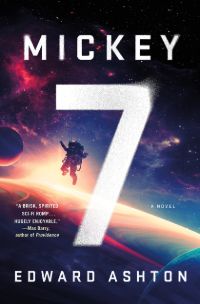
The news that Bong Joon-ho and Robert Pattinson are teaming up was appropriately greeted with hosannas. The news that it would be an adaptation of the just-released sci-fi novel Mickey7 by Edward Ashton (St. Martin’s Press) makes things even more exciting. Mickey7 is the story of an “Expendable”—that is, a disposable human being whose mind is passed on to a regenerated body after death. It’s a killer premise, and its mix of social commentary, dark humor, and horrifying surprises makes it ideal for the director of Parasite. The latest in the Star Wars: High Republic series, Claudia Gray’s The Fallen Star (Del Rey), is a fine sequel to Cavan Scott’s The Rising Storm. It’s another exciting High Republic-era adventure, and continues the story of Storm’s Padawans. Lastly are rereleases of three novels adapted for late 2021 releases: Thomas Savage’s The Power of the Dog (Little, Brown), Elena Ferrante’s The Lost Daughter (Europa Editions), and J.R. Moehringer’s The Tender Bar (Hachette Books). All three films are worth watching (even the slight but enjoyable Tender) and all three books are worth reading. The Savage and Ferrante texts are just as successful as their adaptations.
New to Blu-ray

The first quarter of 2022 has featured oodles of noteworthy Blu-ray releases. KL Studio Classics release of Philip Kaufman’s Invasion of the Body Snatchers includes commentary by film historian Steve Haberman, and the film itself has never looked better. The Warner Home Entertainment release of Denis Villeneuve’s massive Dune is packed with features explaining how the Frank Herbert adaptation made it to the screen. The 4K Criterion edition of Mulholland Drive includes, like past releases, a booklet featuring an interview with David Lynch from 2005’s Lynch on Lynch. Also released by Criterion in 4K is Citizen Kane, which features a stellar array of extras, including an essay by film critic Bilge Ebiri. Jane Campion’s 1993 masterpiece The Piano has finally made it to the Collection and looks utterly sumptuous; of particular note is an insightful essay from essay by critic Carmen Gray. Last but not least is the long-awaited Criterion edition of Joel and Ethan Coen’s Miller’s Crossing. The Depression-era gangster drama is of course a gem, and this release also features two authors whose work has been included in past versions of this column: Glenn Kenny, author of the marvelous Made Men: The Story of Goodfellas, contributes an essay, while Megan Abbott, author of the strong 2021 novel The Turnout, leads a conversation with the Coens about film noir and moderates interviews with Gabriel Byrne and John Turturro. Look in your heart and pick up these discs.
.
[ad_2]
Quellenlink : thefilmstage.com



